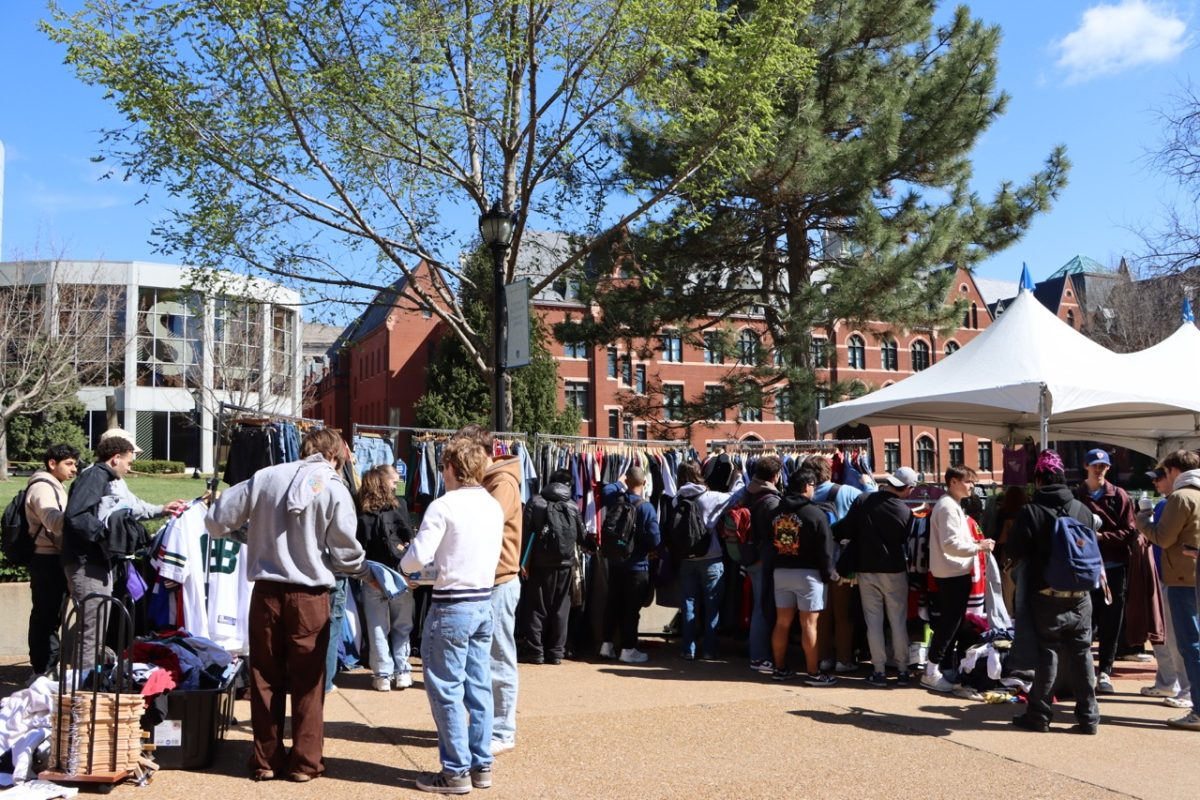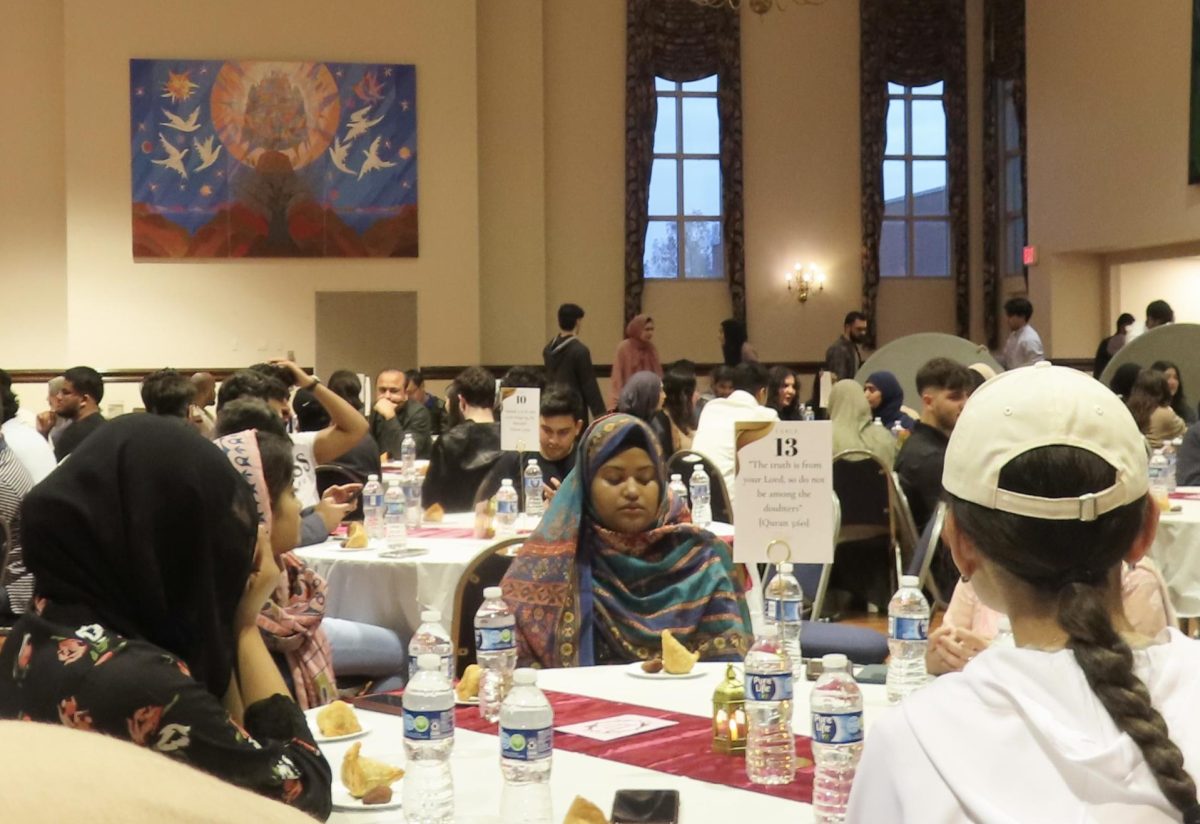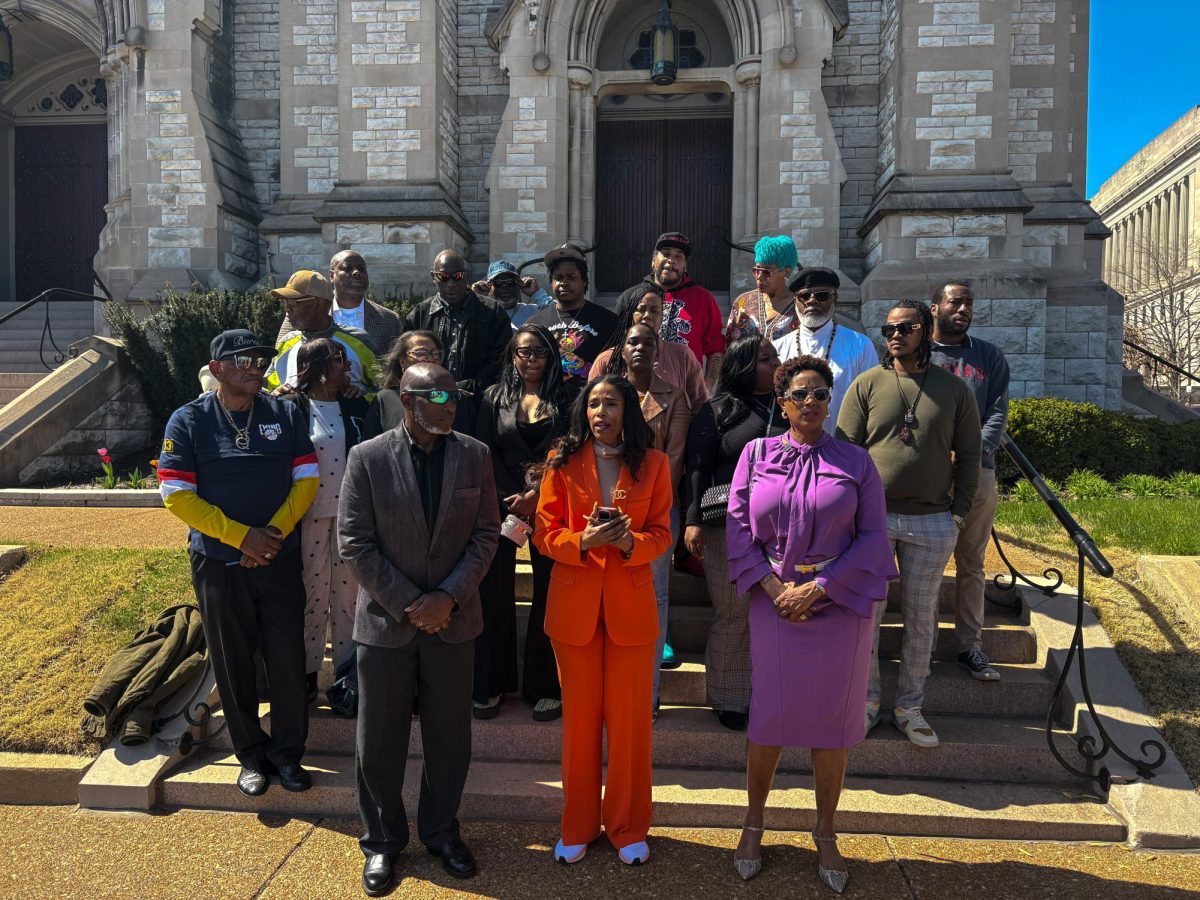After more than five decades at Saint Louis University and 13 years at the helm of the School of Medicine, Patricia Monteleone, M.D., is saying goodbye. Monteleone, having been a student, physician, researcher, professor and administrator, announced plans to retire last week.
She will stay at her post until a new dean is appointed; the University will form a search committee before the end of March.
Monteleone tenure as dean saw a number of advancements for the medical school, including a revamped curriculum and expanded research and services.
Monteleone, an East St. Louis native, first entered SLU as an undergraduate chemistry major in 1953.
She said that she first became interested in a career as a physician because of her love of science; from the beginning, medicine excited her.
She earned her medical degree from SLU in 1961 and then began work in pediatrics in St. Louis and Chicago.
In 1986, Monteleone made the transition from physician and researcher to administrator when she took a post as vice president of medical affairs at Cardinal Glennon Children’s Hospital.
Hoping to hone her managerial skills, Monteleone earned master’s degrees in business administration and health administration from SLU in 1991.
SLU encouraged Monteleone to head the School of Medicine in 1994.
Monteleone said that she never had any particular ambition to serve as dean, but she was pleased to serve the University.
“I felt humbled and honored to be appointed dean of our school of medicine and realized it gave me an opportunity to work in aspects of an institution I dearly love,” Monteleone said.
Monteleone said that she considers her biggest accomplishments as dean to be securing more funding from the National Institute of Health for the University and increasing the level of research at the medical school.
Along with James Kimmey, M.D., former vice president of health sciences, Monteleone also helped organize SLUCare, the clinical practice of the University’s medical faculty.
Monteleone is also responsible for the changes to the medical school’s curriculum. Instead of simply sitting in lecture halls, SLU’s medical students now participate in small-group learning, early clinical correlation and other new pedagogic techniques.
“We focused on delivering an education to our medical students with knowledge and methods that taught them to be lifelong learners,” Monteleone said.
Raul Artal, M.D., chair of the Department of Obstetrics, Gynecology and Woman’s Health, has worked under Monteleone for 10 years. He said that she has left a positive legacy at the School of Medicine.
“Dr. Monteleone was by far the best dean of a medical school that I came across anywhere in the country. She has vision and understanding of where medicine is going, and she has been able to maintain the highest qualities needed to educate young physicians,” Artal said.
Artal has also said that Monteleone was notable for her integrity and fairness and that she had served as a role model for many in the medical school.
Monteleone began her tenure as dean as one of only three female heads of medical schools in the United States; she retires as one of 13.
Women now make up 11 percent of medical school deans, according to Women in Medicine, a division of the Association of American Medical Colleges.
Monteleone said that she had the same opportunities as her male colleagues to advance at SLU and that she “did not have any difficulties starting her career” as a woman.
However, she notes that over the years more women have joined the medical profession, and that they have “more flexibility in career options” than ever before.









